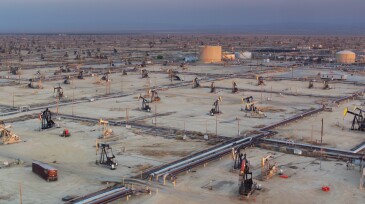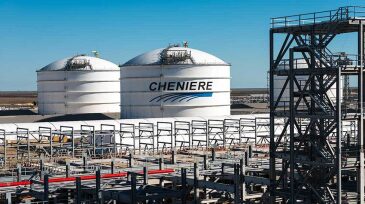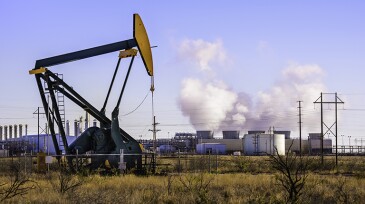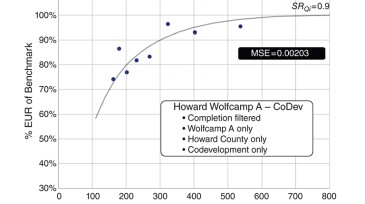Permian Basin
-
Nabors' RZR-equipped rig has successfully drilled multiple horizontal wells in the Permian Basin.
-
The Permian Basin operator said the purchase ‘checks all the boxes’ it looks for in an acquisition.
-
In this second part of a two-part series on advances in artificial lift, we’ll look at the state of optimization and a trio of techniques and technologies under development or new to the market. Look for quarterly reviews of specific types of lift in upcoming issues in the new year.
-
M&A market activity in the third quarter delivered the best showing of 2022 despite price volatility and a dearth of deals in the prolific Permian Basin.
-
The Permian Basin operator said the purchase translates to more than a decade of additional inventory.
-
In this first part of a two-part series, we look at how the artificial-lift sector has adapted to producing unconventional resources. The second part of the series to publish in November will crack open the lift toolbox to take a deeper look at the techniques and technologies under development or new to the market.
-
The new 42-in. ADCC pipeline will tie the Whistler Pipeline to Cheniere’s Corpus Christi liquefaction facility.
-
When Occidental Resources switched to bigger fracture designs to produce more oil, it produced more water as well. Based on research done since, they cannot have one without the other, and at the oil prices recently seen, that’s OK.
-
This paper highlights a tailored chemical treatment strategy developed for solids mitigation for a Delaware Basin operator.
-
The complete paper builds on existing tools in the literature to quantify the effect of changing well spacing on well productivity for a given completion design, using a new, simple, intuitive empirical equation.










